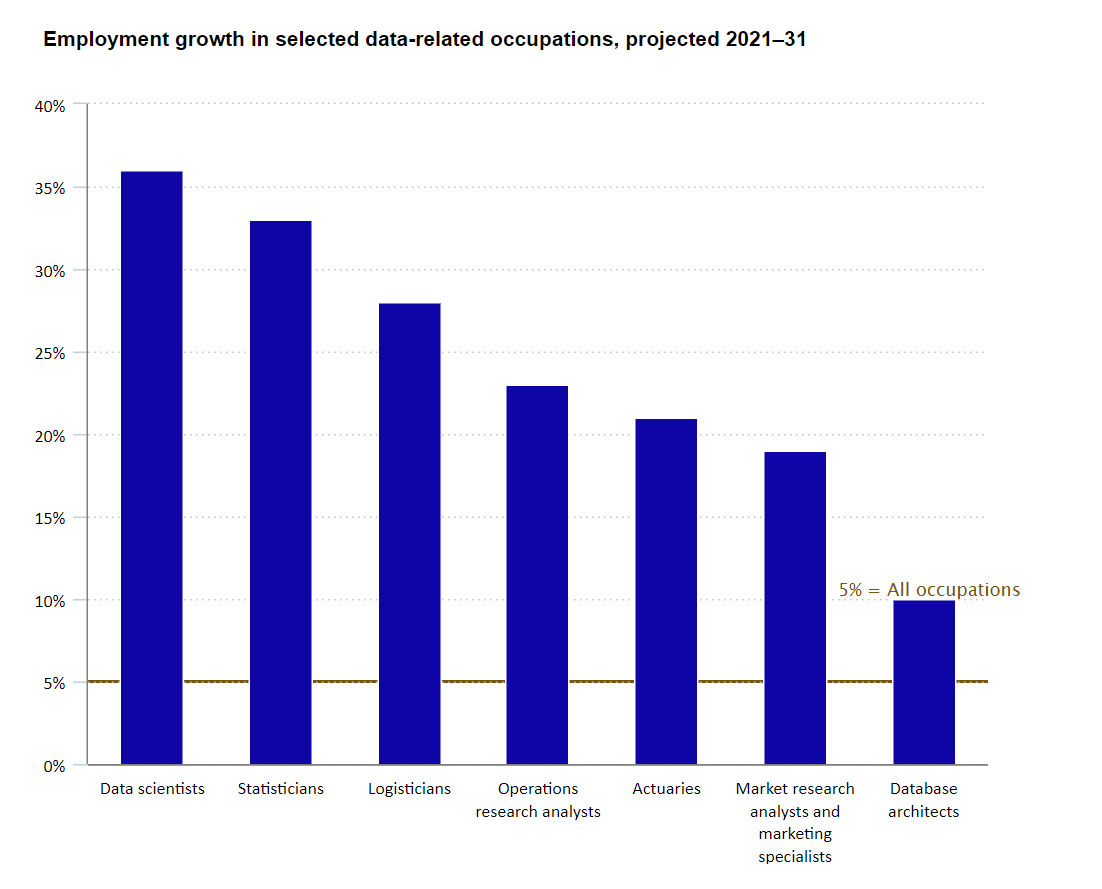In the world of higher education, calling the period from January through May the “spring semester” is somewhat misleading, since very little of the time period falls in the actual springtime. When spring does hit, most colleges and universities are bringing the semester to a close. Graduation ceremonies are not too far behind, kicking off the beginning of summer, where campuses might still be abuzz with orientation for incoming students as well as summer classes. For a lot of schools, though, this time of year presents an opportunity to implement changes that might have been in the planning stages for a long time.
Late spring into the summertime is when a project has the least impact on students and instructors, whether that’s physical construction on campus or work involving a digital transformation. Some of the work could carry over into the fall semester, but for the most part if there is an update in technology, this is when a school tries to make it happen. No matter when in the calendar year a school decides to make any kind of upgrade, there are many different benefits from work with analytics. Here’s a look at the types of projects schools can put into place when they have the time and resources.
Adding data sciences
Sometimes the physical construction revolves around the technology. Vanderbilt University recently announced it will establish the College of Connected Computing, which will be dedicated to computer science, AI, data science, and related fields. The move is not unique—with the U.S. Department of Labor projecting a 36% increase in the number of data scientists over the next decade, other schools have made similar decisions as they think about how best to prepare their students for careers that increasingly rely on data and analytics.
Vanderbilt’s interdisciplinary college will collaborate with all of the university’s schools and colleges to strengthen computing education. The specific details, from departments to degree programs to research infrastructure, will be informed by the recommendations of a task force made up of faculty from across the university.

Source: U.S. Bureau of Labor Statistics, https://www.bls.gov/careeroutlook/2023/data-on-display/data-occupations.htm
HBCUs and AI
Historically Black colleges and universities (HBCUs) sometimes find themselves a step behind when it comes to technological implementations due to limited resources and, in some cases, the fact that they are located in regions without reliable internet access. HBCUs are taking advantage of the advancements in artificial intelligence (AI) technology to help close that gap a little bit.
“As an HBCU, we’re often last to the party,” says Alexander Conyers, president of South Carolina State University (SCSU). “We must be able to provide those things [opportunities with technology] to [our students] now or try to play catch-up 10 years later.”
SCSU began the fall 2023 semester with 1,200 freshmen, which was a 32% higher enrollment than the year before. Conyers says AI helped provide the school with actionable insight that helped produce what is SCSU’s largest class in the past five years. AI has helped the school handle nearly 12,000 inquiries from current and incoming students since July 2023. SCSU is working on educating more of its faculty about AI to help better prepare its students for life after college.
Many colleges and universities are still recovering from the financial hit they took during the pandemic. Using AI to help boost enrollment will be an increasingly popular trend to help the post-pandemic bounce back, and schools use data in many ways to help keep students on campus once they do enroll. For some schools, investing in analytics could be the difference between a successful year or facing the difficult decision of seeking some type of school merger or needing to shut down completely. That could also mean adding the types of data sciences education schools like Vanderbilt and others have done. Deciding which courses to add or drop based on the potential revenue they could generate for a school is another analytics approach organizations in higher education have taken.
Whether it’s a small college or a large university, any change in technology usage is going to cause some kind of disruption on campus. The most important factor is finding the right solution that people can trust, whether that’s in the transformation process or with the data itself. A recent survey from the College Innovation Network found that fewer than half (47%) of the administrators surveyed are confident in their ability to choose effective edtech products. It’s understandable that administrators would not want to make a big investment that has so many repercussions without the proper knowledge.
The confidence that they are making the right decision, though, can be gained. 47% of the administrators surveyed said they worked at an institution that conducts technology audits less than once a year. Increasing the communication about what people need and what technology can help them accomplish helps the decision-making process, and is an important first step in any digital transformation. A trusted vendor can help with that process, too.
- What Data Can Bring to California’s Investment in its Ports - July 25, 2024
- Unlocking the Power of Data in the Utilities Industry - July 18, 2024
- How Analytics Can Help Your Wholesale Nursery Grow - July 17, 2024



